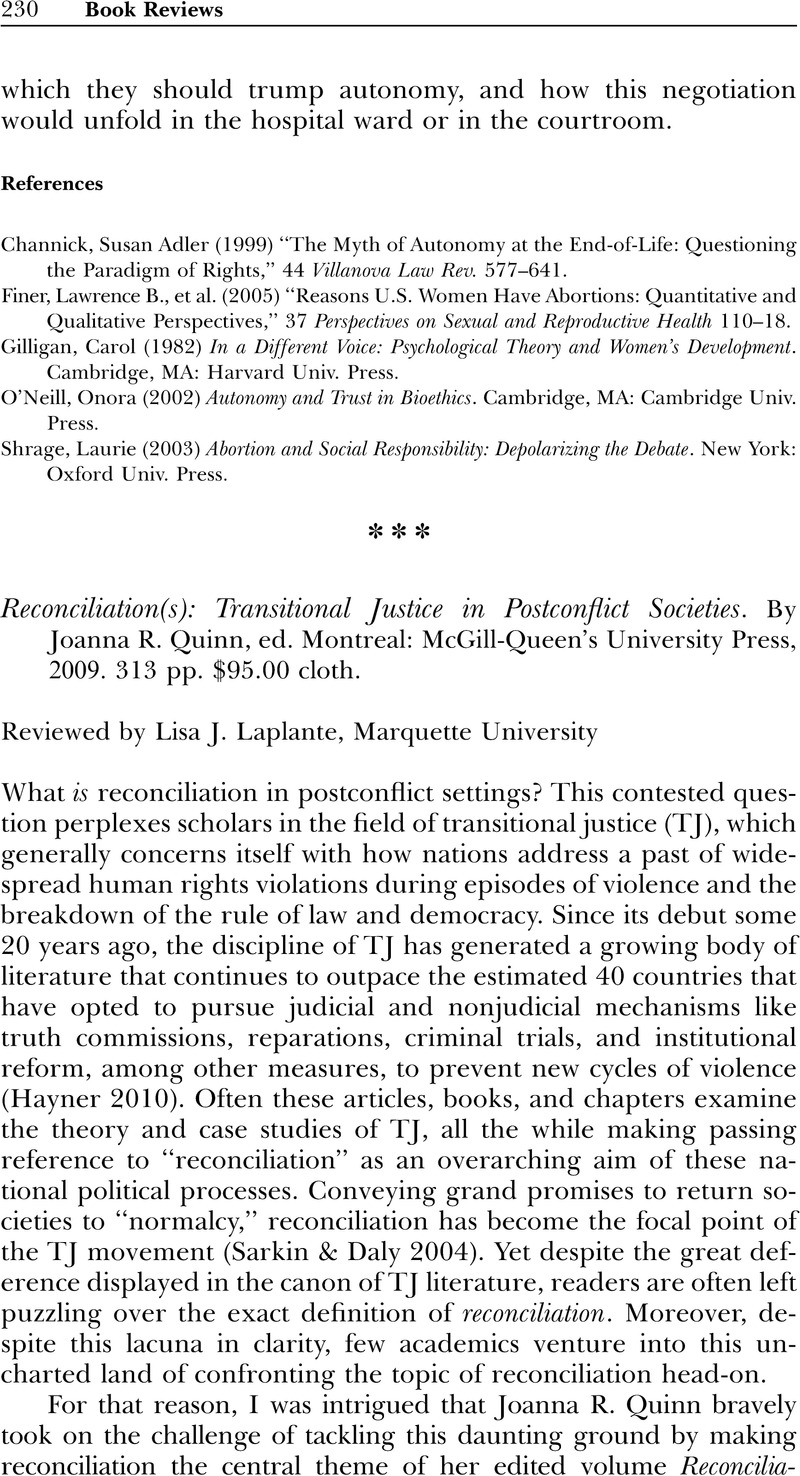Crossref Citations
This article has been cited by the following publications. This list is generated based on data provided by Crossref.
Klep, Katrien
2012.
Tracing collective memory: Chilean truth commissions and memorial sites.
Memory Studies,
Vol. 5,
Issue. 3,
p.
259.
Paez, Gustavo Rojas
2016.
Handbook of Research on Transitional Justice and Peace Building in Turbulent Regions.
p.
315.
Paez, Gustavo Rojas
2019.
Immigration and the Current Social, Political, and Economic Climate.
p.
511.
Espejo, Maria Paula
2021.
Drug-Trafficking in Colombia: The New Civil War Against Democracy and Peacebuilding.
Co-herencia,
Vol. 18,
Issue. 34,
p.
157.



